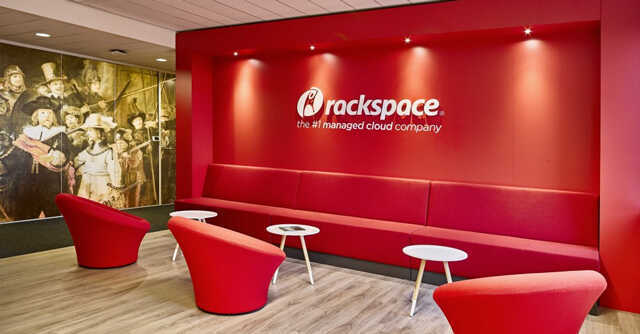
Most Indian IT organizations lack skills to mitigate cyber threats: report


As many as 46% of Indian IT leaders are not fully confident of their ability to respond to cyberattacks, according to a report by Rackspace Technology.
The cyberattacks include the likes of data, malware-based phishing, ransomware, cloud, IoT, application attacks and supply chain-based attacks.
“Though most respondents to our survey say they are ‘prepared’ for cyberattacks, there is a high degree of anxiety about their ability to effectively confront adversaries who are increasingly sophisticated,” said Jeff DeVerter, Chief Evangelist Rackspace Technology.

The survey took inputs from 1,420 CXOs in India, out of which 45% were confident of mitigating threats, while only 40% said they understand the nature of threats they are facing in terms of their attack response capabilities.
An alarming 89% responded that their organisations lacked the necessary skills and expertise to respond to a growing array of threats, while, 52% admitted they had difficulty in recruiting and retaining cybersecurity talent.
91% percent said that lack of resources was a key disabler, while 63% pointed towards a lack of time as their most pressing cybersecurity issues.

Where does the complexity in tackling cyber threats rise from?
The growing ubiquity of cloud computing, condensed development cycles and rising pressures to deliver applications faster have also meant that the mitigation of threats becomes a tougher mandate.
As many as 31% of respondents cited growth in cloud and IoT as major challenges, while 42% pointed towards remote work as an area for concern.

What influenced the complex environment?
At least 52% pointed towards faster delivery cycles, while 51% and 49% said microservices architectures and hybrid/multicloud environments made the job of IT security teams a tad harder.
“The expanding use of the cloud, IoT and applications, as well as a tight talent market and an increase in remote work – largely driven by the pandemic – have made the security environment much more challenging,” added DeVerter.

